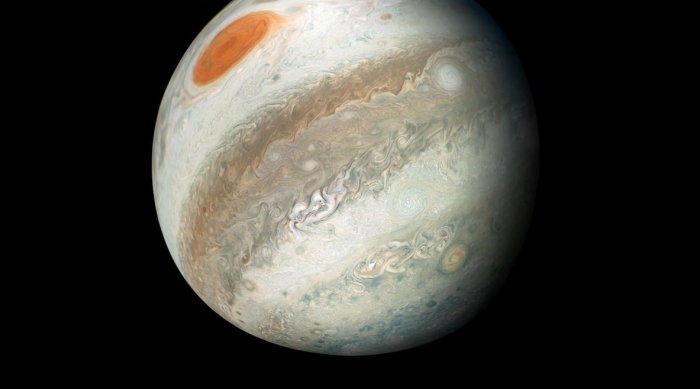While the James Webb Space Telescope (JWST) gears up to track the life history of plants, astronomers have spotted a unique planet, which is in its infant stage and is so young that it could provide key insights about planetary birth.
What makes it even more interesting is that it could lead to the birth of new moons and we could see it as it happens.
One of the youngest exoplanets ever to be discovered, it is located nearly 200 astronomical units, or 18.59 billion miles away from its host star, dubbed AS 209. The star located 395 light years away from Earth is just a few billion years old compared to its planet, which is just about 1.5 million years old.
“The best way to study planet formation is to observe planets while they’re forming,” said Jaehan Bae, the University of Florida professor of astronomy who led the new discovery.
The study published in the journal The Astrophysical Journal Letters marks the first time astronomers have analyzed an exoplanet’s surrounding disk of gas, which not only provides more information about the planet’s past but also how its future moons will develop.
Finding baby planet
Scientists were observing five stars as part of a broader program, using the Atacama Large Millimeter/submillimeter Array (ALMA), known as MAPS to understand the chemistry of planet formation. They observed gas in a circumplanetary disk and found a blob of emitted light in the middle of an otherwise empty gap in the gas surrounding the star, indicating the presence of a Jupiter-sized planet.
Why do we need to study this baby planet?
Planetary evolution has been going on for billions of years, ever since the big bang happened and the universe began expanding. However, it is difficult to study planetary formation in our Solar System, especially if you want to go back in time and see the situation when these planets, including Earth, were born.
James Webb Telescope to the rescue
Astronomers have been approved to conduct an early analysis of AS 209 with the newly launched James Webb Telescope. The team will get their hands on this state-of-the-art equipment this month and are hopeful it will find the planet out there.
“That’s what makes this system really exciting. We can follow it with future observations,” Bae said in a statement.






